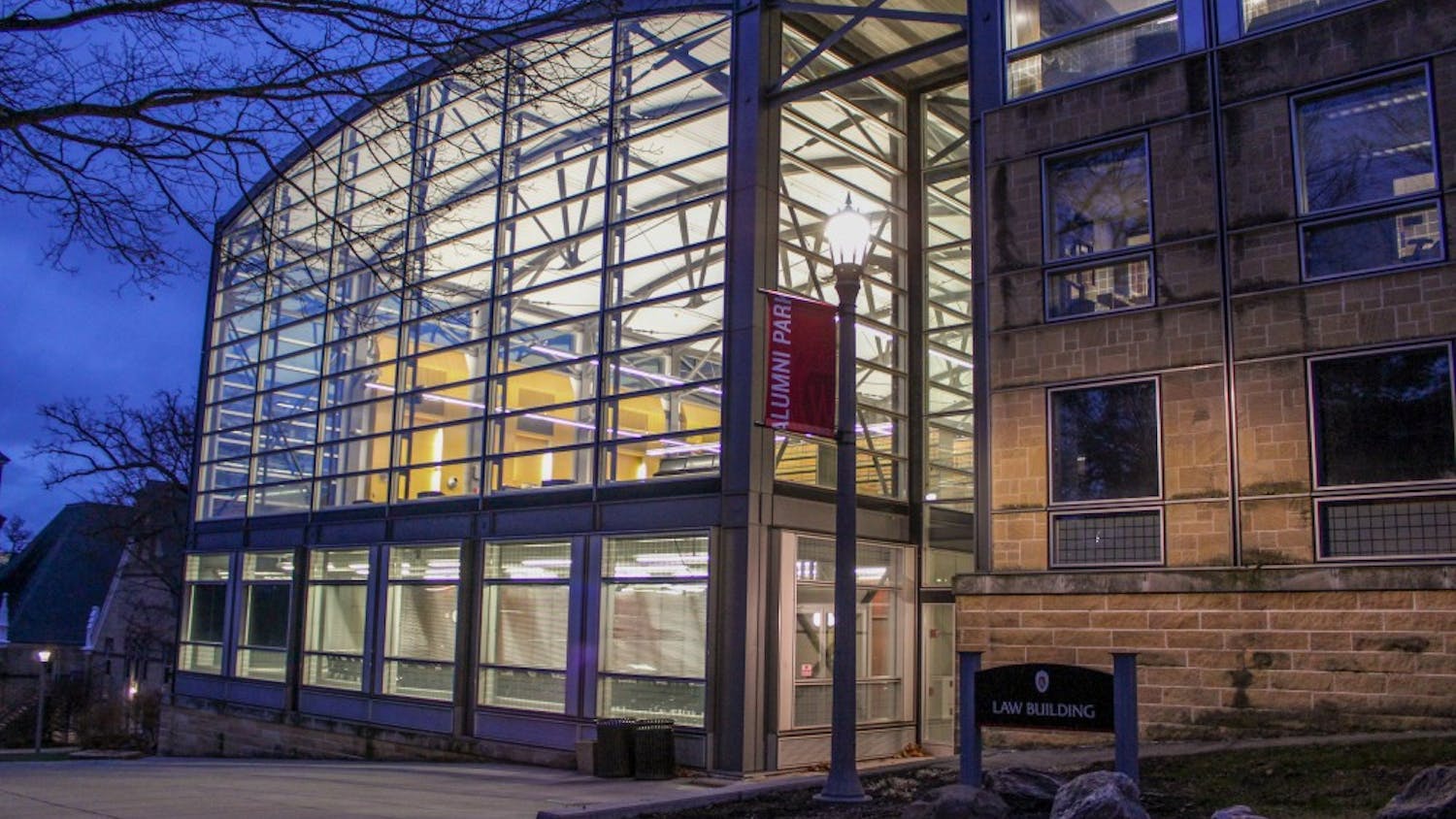Biological pollution problems in Lake Mendota and Monona can be difficult to avoid with a bustling city nearby, but one potential health hazard to lake-goers, blue-green algae, has not been a significant problem this summer.
According to Jim Kitchell, Director of the UW Limnology Center, \We've had a remarkably clear year, virtually no blue-green algae blooms.""
Blue-green algae are organisms that occur naturally in lakes. When an abundance of phosphorous-rich runoff enters the water, large blooms form.
These algae blooms create a scummy growth on the surface of the water release a harmful toxin as they decompose.
The low levels of rain Madison experienced this summer have resulted in reduced amounts of runoff, eliminating the extra nutrients algae blooms need.
Kitchell stresses that long-term initiatives are the only real solution to cleaner water, not summers without rain.
However, some lakeside residents complain that not enough is being done to control algae.
Ana Marjenka, resident of Lothlorien Cooperative on Lake Mendota, said that although she regularly swims in the lake, algae levels have deterred her in recent months. Another resident, Robert Stuard, said the lake conditions ""suck.""
Construction is the primary culprit in nutrient releases into the lake, Kitchell said, by churning up phosphorus-rich soil to be carried into the lake by the next heavy rain.
Heavily fertilized fields and lawns also present a problem when heavy rains hit, Kitchell explained.
The City of Madison recently banned fertilizers with phosphorus, but according to Kitchell, years of accumulation use have left the soil rich in the mineral.
Kirsti Sorsa, Ph.D, of the Madison Dept of Public Health Environmental Technical Services reported 18 local beach closures this summer related to high bacteria and algae levels. In each case, beaches were reopened within two days of inspection.
The Department of Natural Resources Beaches regularly test both Lake Monona and Mendota as part of a comprehensive blue-green algae monitoring project, said Wisconsin DNR Environmental Toxicologist Elisabeth Harrahy.
Kitchell encourages people to take advantage of the lakes, but not to forget that real solutions require long-term investments.
As James Madison Park beach-goer Jocelyn Mandeville said, ""I would feel better if I knew there was more being done to curb run-off, but it's a good year. Go to the beach.\





